14
11
2008
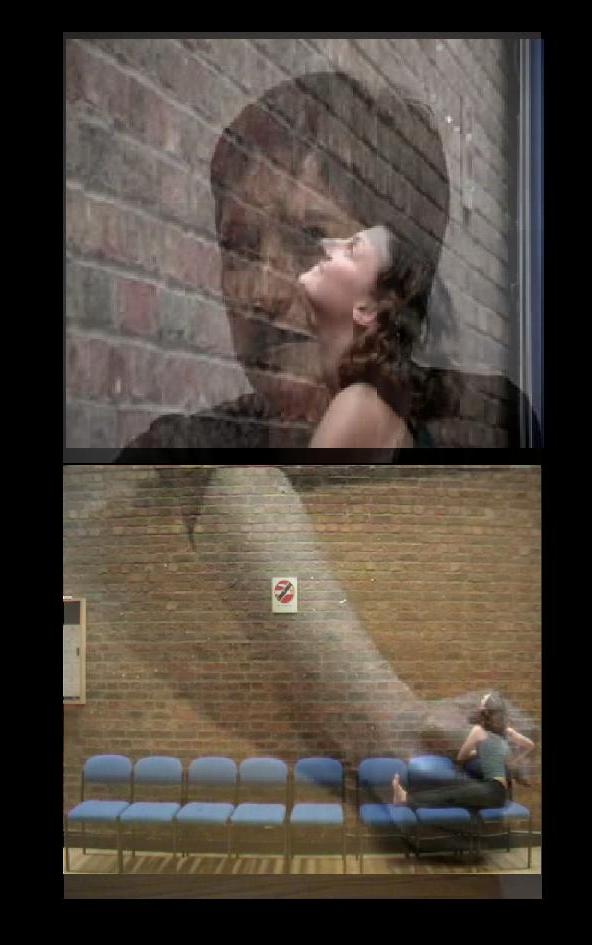
Performers: Louise Douse and Sita Popat
The sixth research intensive of the project is taking place over several days throughout November, the first of which was held on 13 November 2008. The team worked in two locations, at University of Manchester and the Open University in Milton Keynes. The team comprised myself (Helen), Simon, Michelle and Louise at the OU and Sita, Martin, Anja and Andrew at Manchester. This research intensive has two key aims – (1) to explore the enhanced AG environment for distributed live performance from a purely screen-based perspective, (2) to use Compendium to map this process in order to feed into this aspect of the software development. It was really exciting to be working across such a geographically distributed context. Although we have worked in this way in previous Intensives, the multiple locations have been within the same campus (at either Manchester or Bedford) in order that we were to be able to firefight more easily. So this is an indication of the robustness of the developments, that we were able to do this with a fairly short set-up time.Â
Comments : No Comments »
Categories : AG, Event
10
11
2008
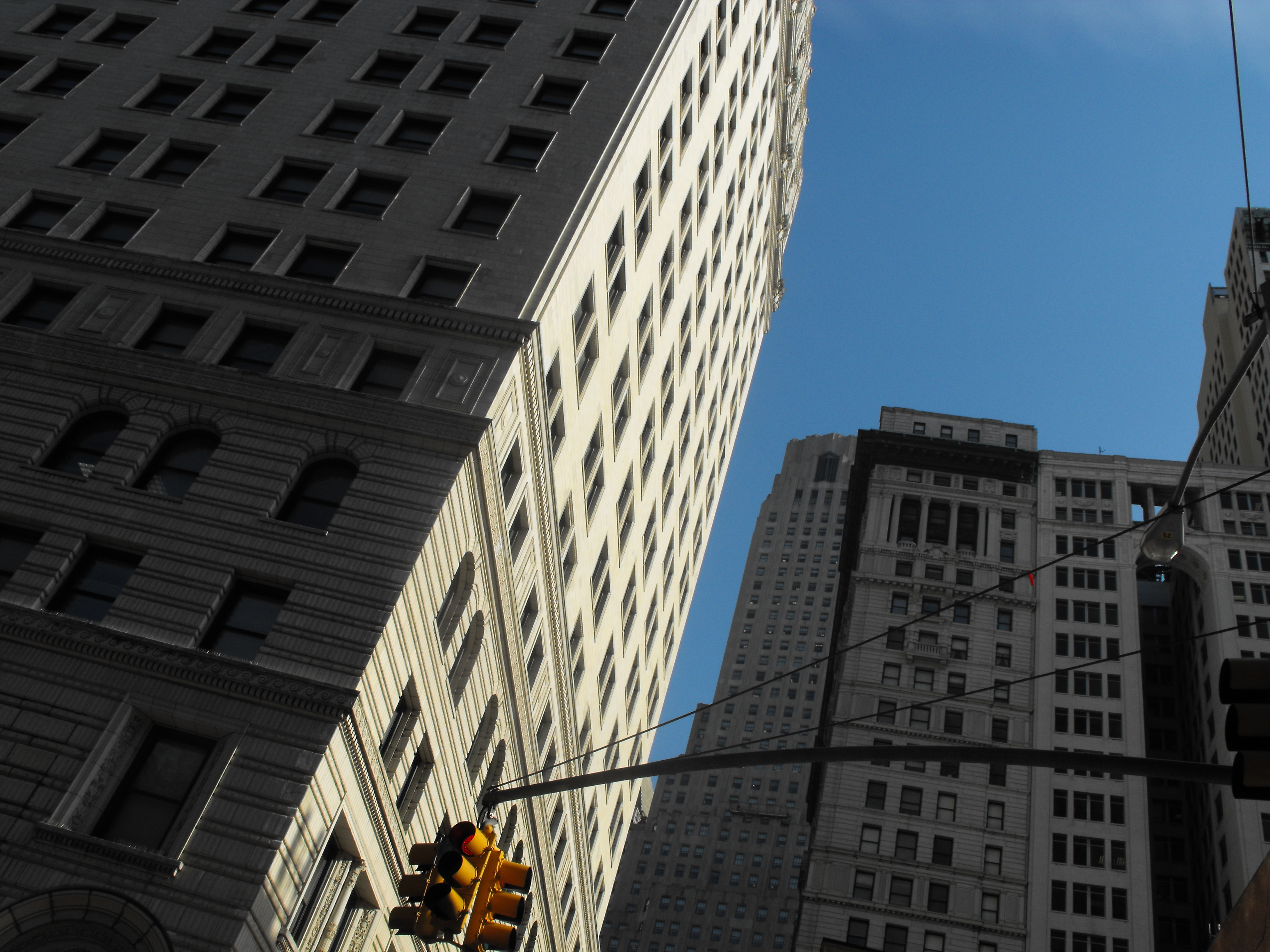 Â
Â
I spent a week in New York (26-31 October) with New York/Berlin-based Dance tech. company Troika Ranch http://www.troikaranch.org/. I was participating in the MIMA: Moving Image Media Artists workshop, along with ten other international artists/academics. The workshop was funded by the New York State Council for the Arts and provided an intensive engagement with the Isadora software developed by Company co-Director Mark Coniglio. The workshop was held at the New York City arts and technology space 3LD Art & Technology Center http://3leggeddog.org/mt/
 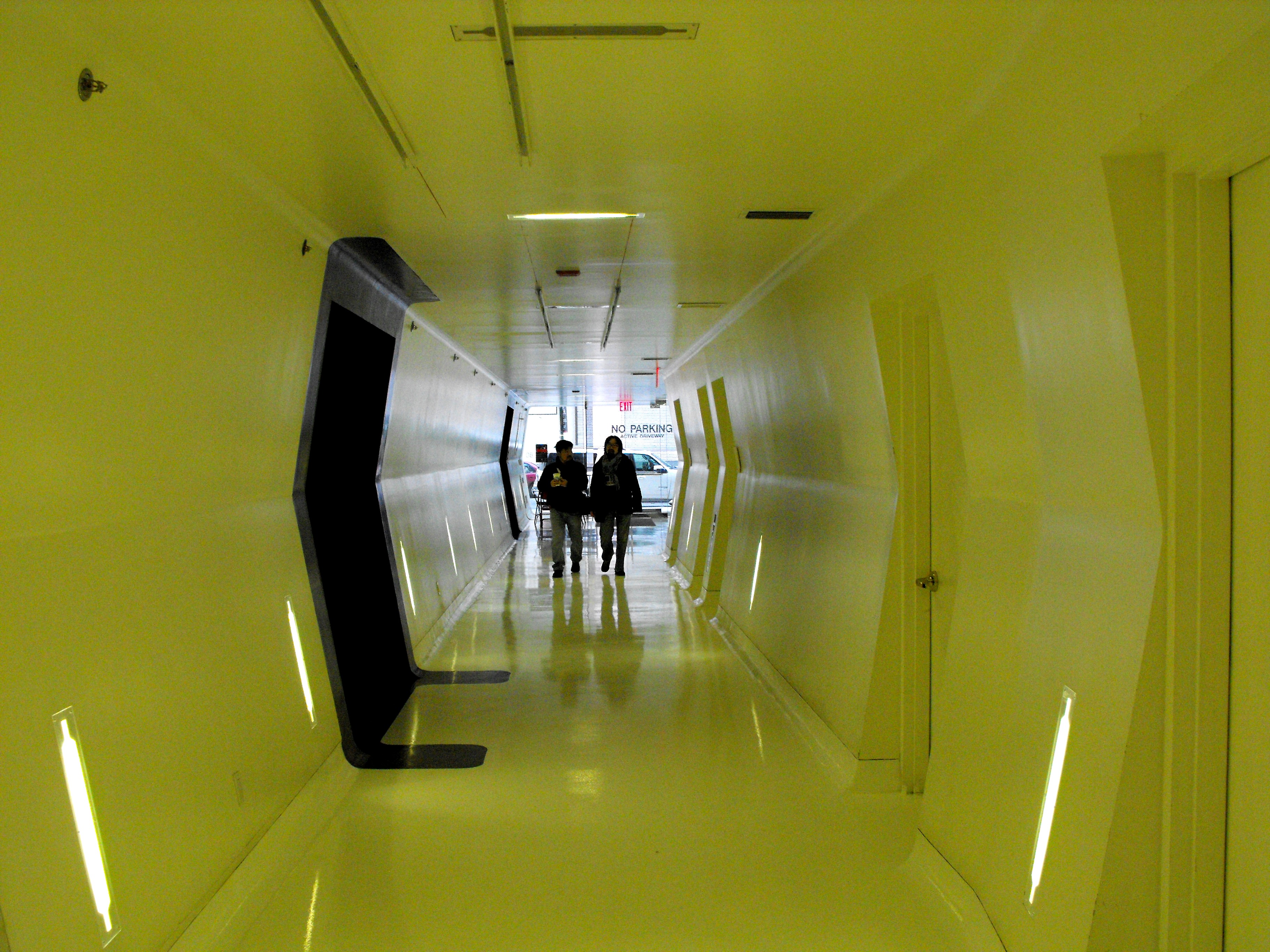
It was a really interesting venue, not least because of the sci-fi 2001/Star Wars interior! The workshop was excellent and pretty intensive in terms of the breadth of material covered. The whole week was essentially spent getting to grips with the software.Â
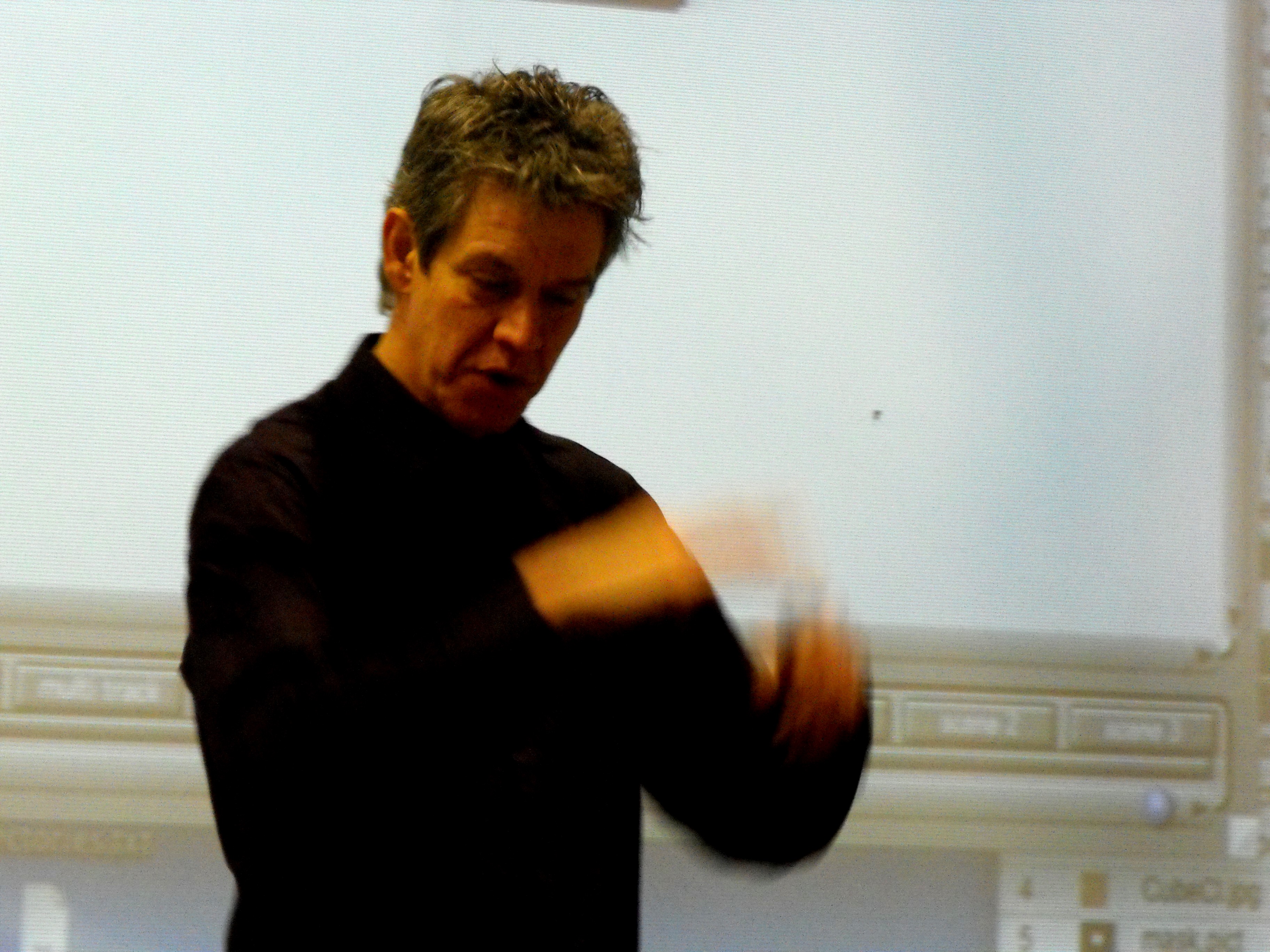
It was led by Mark Coniglio and Dawn Stopiello the co-Directors of the Company. It was great to have direct access to the developer of the software in order to understand something of the design imperatives that drove the development. I think that Isadora will offer huge amounts to our development in terms of how we manage and manipulate live and recorded streamed video. The issue seems to be around the number of cameras that can be utilised at any given time (although Mark is apparently working on this for the next piece they are currently working on) and networking capacity. I think that probably the best way to negotiate this would be to invite Mark to one of our intensives and focus on the possibilities for integrating the software.

Comments : No Comments »
Categories : Software
7
11
2008
Last week I (Sita) was in Dresden, Germany, as a guest presenter at the Post Me_New ID Forum (31st October-2nd November 2008). The Forum web site describes this international gathering of academics and professional artists as “a platform for reflection on how we are creatively and socially engaged in digital networks, how we perform our online and offline identities, how we have become plural and variable post human bodies.â€Â The site includes a full record of the event, and an active blog.
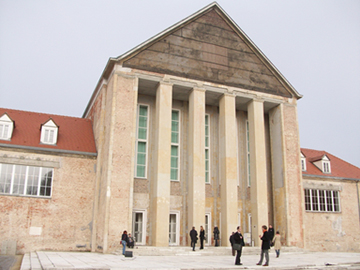
The event was held at Hellerau (above), once the workspace of such performance visionaries as Mary Wigman (dance) and Adolphe Appia (scenography). Â
The first day of the Forum was devoted to discussions around the topic of “Networked Creationsâ€. Yacov Sharir gave a keynote presentation, following which I conducted a public ‘conversation’ with the Australian choreographer Hellen Sky. We discussed the fluid and expanding body in digital performance, and we explored how networked creative processes and identities are characterised by fragmentation, partial attention, and notions of ‘becoming’. It was very interesting to hear Hellen Sky referencing her extensive background in telematic performance with her group Company in Space.
The following day explored “Multi-identities”, and Steve Dixon gave an excellent keynote on the ‘digital double’ in performance. He proposed four categories:
- Mirror double – the emergence of the self-reflexive technological self
- Alter-ego – the dark doppleganger, the schizophrenic self
- Spiritualised emanation – the transcendent, mystical conception of the virtual body
- Manipulable mannequin – the replacement body; body of a synthetic being
These might be useful terms for e-Dance to consider in relation to the way in which we experience our ‘selves’ through Access Grid technologies.
Comments : 1 Comment »
Categories : Dissemination
7
11
2008
We (Simon & Michelle, Open U) are now working on embedding video into Compendium, to enable not only the usual temporal annotation of video, but adding a spatial dimension so that choreography researchers/practitioners/students can locate annotations in specific locations, for specific time-windows.
Moreover, annotations in Compendium are not simply free-text ‘stickies’, but hypertext nodes, embedded in an arbitrary number of other views and conversations, possibly linked to whole new networks, possibly with their own annotated movies.
Here’s a first screenshot showing the node layer annotated over the video layer (from William Forsythe’s Improvisational Technologies DVD)…

This second example shows two videos running, connected by nodes…

This will be evolved into a more fully developed environment with appropriate support tools in the coming months, working closely with the choreographers as we release early and often for feedback.
Comments : No Comments »
Categories : Software







